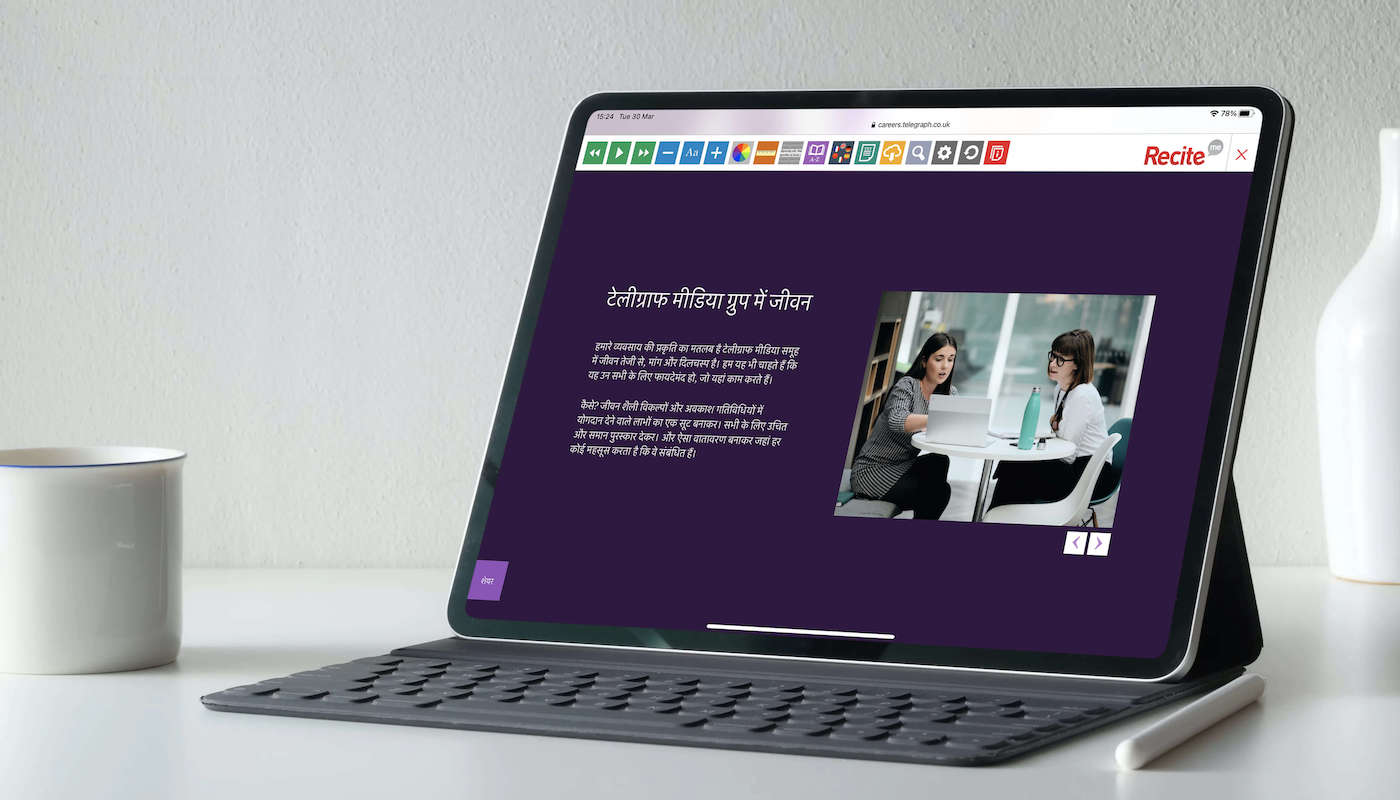Have you noticed your candidates dropping out of the hiring process? Research from Glassdoor found drop-off rates during the application process can be as high as 80%. The candidate experience clearly needs to be better, but what do they actually want from the recruitment process?
The term candidate experience has been around for some time. In order to deliver the best experience, we think employers need to have a better understanding of their candidate’s expectations. As we’ll show, understanding these expectations is easy – there’s plenty of research we’ll draw on. But, if research by People Scout is any indicator, less than 20% of candidates would rate this experience as excellent. There’s plenty of room for improvement.
Candidate experience is customer experience
Did we say ‘customer’? Yes we did. They are weighing up the employment part of what is really one company wide brand before they buy. They are well aware they have options too – and it’s a candidate’s market. And, if barely 20% of candidates rate the process they are going through, you don’t need to be Einstein to work out that 80% feel employers could do better. Indeed, this number seems to back up the 80% that Glassdoor say could be dropping out.
And, for any organisation faced with 80% of their customer based being less than in love with the experience, there could be wider consequences. Strap yourselves in …
The business case for a better candidate experience
We love a good statistic at TLA. A whopping big percentage makes the point so much clearer. A good candidate experience isn’t just better for the candidate. Here’s why investing in the process is good for business too.
- 52% of organisations that prioritise the candidate experience saw increases in revenue of 10% or more. Source: Brandon Hall Group.
- 50% of candidates who receive a bad experience would not buy that company’s product. Source: LinkedIn Hiring Stats.
- To put the above into context, research by Virgin Media found that poor candidate experience was potentially costing them £5.4 million a year in cancelled subscriptions. Source: Virgin Media.
- Candidates talk – especially unhappy ones. 74% of jobseekers would let others know if they had a negative experience with a company during the recruitment process. Source: Webrecruit.
You get the picture. A poor candidate experience doesn’t only frustrate candidates and recruiters – it costs in terms of reputation damage and revenue.
So, what do candidates actually want?
Meeting as many of these expectations as you can will improve the candidate experience and reduce the risk of dropout.
Easy to find information
Research by People Scout ‘Inside the Candidate Experience’, found that 2/3 of candidates use social media to research potential employers. However, a third of employers are not posting career related content to their social channels at least once a week. What’s more, LinkedIn claim that 52% of candidates like to visit a careers website and use social media to find out more. So, don’t risk not showing up.
Candidates want as much information as possible, it helps them decide whether they engage further or look elsewhere. The most prominent social platform for sharing career related content is almost certainly LinkedIn. And, while the employer can use it to share content and promote their employer brand, so can employees – and these can be the most powerful advocates of all.
How well does your company show up in searches for career content? Why not try looking for information about the roles you would like to be found for. What do you see? Your main competitor? If that’s the case, so will your candidates.
Want to know about how to use LinkedIn to help candidates experience your employer brand? Then read our article Promoting your employer brand on LinkedIn.
Recognising people like them
The People Scout research found that as many as 35% of career sites don’t feature real employees. We think this is a huge waste of an opportunity to enhance the candidate experience. At TLA every careers website we build has a number of features that helps candidates recognise and hear from people just like them. We always use our own photography and we feature, wherever possible, career videos featuring employee stories as well as career blogs where employees share their career stories and tips.
One that achieves this particularly well is our series of employer branding films for retailer Deichmann. These films were made to be shared on social media. If you were a candidate looking at retail as a career, we think this is a really engaging way to find out more while gaining a feel for the personality of the business and its people.
Take a look at the case study and watch the videos here: Using film to tell a retailer’s employer story.
To see your inclusive culture
We can’t emphasise enough how important it is to candidates that they find evidence of Diversity, Equity and Inclusion (DE&I) in what they see about your organisation. It’s a hugely important part of helping them decide if they’ll fit in – and therefore whether they want to apply or progress any application. Glassdoor’s Diversity Hiring Survey in 2020 found that nearly a third of employees and job seekers (32%) would not apply to a job at a company where there is a lack of diversity among its workforce.
DE&I is such an important issue for recruiters that we wrote an article focused on helping employers better embed and communicate what they are doing and how to consider the candidate experience. Reflecting diversity, equity and inclusion in your employer brand.
A fast and responsive process
Again, the parallels between what customers and candidates now expect is very apparent here. We are living in an increasingly responsive world in terms of customer expectations, and this reflected in the candidate experience. According to Talos 360, 40% of job applicants will lose interest if they don’t hear back from employers within 48 hours of applying. This isn’t that surprising. This view is supported by Webrecruit research who found that 77% of job seekers expect to wait no longer than 3 days before they have their CV application acknowledged. The survey, entitled “Improving the Candidate Experience” also found that 83% expect to hear in less than five days whether it is being passed on to a hiring manager, shortlisted or rejected.
Candidates are increasingly expecting a well-run recruitment process and time is an important factor. Probably the most compelling statistic we found on the speed of the process is this. According to Fortune magazine, 96% of candidates want to apply to a company with a reputation for keeping candidates informed. This really matters. A candidate with 2-3 other applications that are progressing more quickly isn’t going to wait – and why should they.
To feel valued (and this includes feedback)
According to research covered on LinkedIn, nearly 4 in 5 candidates (78%) say the overall candidate experience they receive is an indicator of how a company values its people. A poor candidate experience is likely to create a negative impression and we’ve already covered how candidates who feel neglected will be only too pleased to share their experience. Of course, some candidates are going to be disappointed and not everyone will be hired. But the candidate experience can still end well – providing you can give helpful feedback.
In one final nod to the People Scout research, which you can find here, they found that nearly half (48%) of candidates did not receive feedback on their last application. And of those who did, 38% stated that the comments they received weren’t helpful. This is a wasted opportunity. Without doubt candidate feedback enhances the experience. It even increases candidates’ likelihood of applying for future roles. Research by ConveyIQ found that candidates are 4 times more likely to consider your company in the future for a job if you’ve offered constructive feedback during the interview process.
Conclusion
We started this article by saying candidate experience is customer experience. This ethos really works throughout the process of discovering and deciding whether to join – or whether to dropout of an application process. Thinking of what your candidates are experiencing through the lens of a customer will tell you if it’s going to engage them further – or not. And remember, a candidate’s experience is only going to be positive if you’ve also met their expectations.
Need a little help?
If you feel that you’d like some help, support or even a little chat around building your employer brand and next careers website or any aspect of your talent attraction strategy just drop us a line. After all, much of our best work has started with a cup of tea and a Zoom call.


